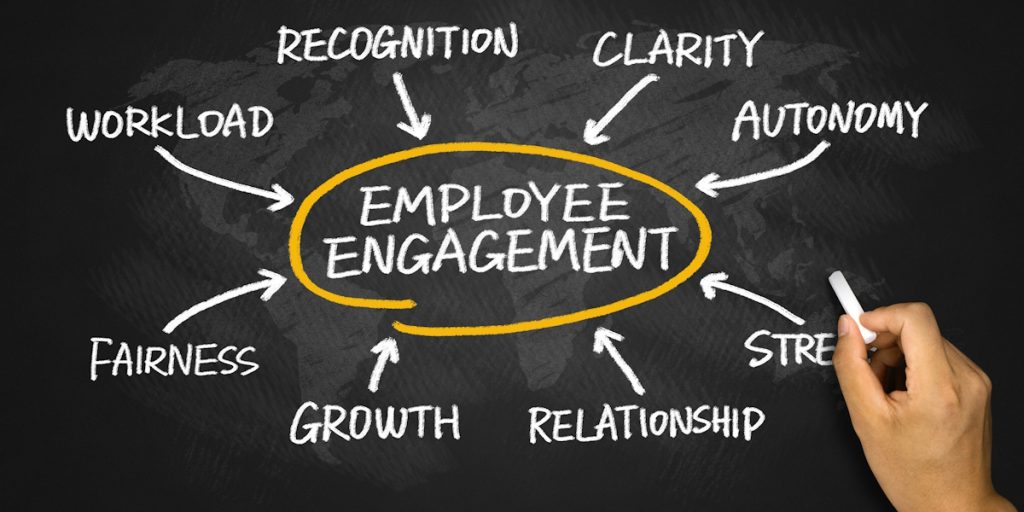Business-to-business (B2B) relationships thrive on trust, consistency, and value. While lead generation often gets the spotlight, it’s long-term customer relationships that drive real growth. One of the most powerful tools companies can use to strengthen these relationships is a B2B loyalty program.
A well-executed loyalty strategy not only keeps existing customers engaged but also boosts the overall bottom line. This article breaks down the true ROI of B2B loyalty programs, showing how they help reduce churn, increase average order value, and elevate customer lifetime value. For a deeper dive into this topic, read our guide on Exploring the Benefits of B2B Loyalty.
How to Measure the True ROI of B2B Loyalty Programs
1. Improved Customer Retention in B2B
Retaining customers is significantly more cost-effective than acquiring new ones. Studies show that increasing retention by just 5% can boost profits by up to 95%. A smart B2B loyalty program encourages repeat purchases, strengthens buyer relationships, and builds trust over time.
In fact, many businesses report up to a 30% rise in repeat purchases after implementing a structured loyalty initiative. For more strategies on this front, visit our article on Customer Retention in B2B.
2. Increased Customer Lifetime Value (CLV)
Loyal customers spend more. A well-tailored loyalty program encourages ongoing engagement, which in turn boosts customer lifetime value. By offering exclusive incentives and recognition, companies can create long-term emotional connections with their B2B clients.
These connections are especially powerful in industries with long sales cycles and high average order values—exactly where B2B loyalty programs shine.
Why B2B Loyalty Programs Are Worth the Investment
3. Stronger Relationships and Brand Advocacy
B2B buyers are less impulsive than consumers. They require value, consistency, and personalization. A loyalty program designed around those principles makes customers feel seen and appreciated, which builds loyalty over time.
Clients who feel valued are more likely to refer others, engage with new offerings, and stay loyal even when competitors knock on the door. These relationship dividends can’t always be measured on a spreadsheet—but they’re incredibly valuable.
4. Reduced Customer Acquisition Costs (CAC)
Many overlook the fact that B2B loyalty strategies can reduce marketing spend. How? Satisfied customers are more likely to recommend your business, leading to referrals—an organic and cost-effective way to bring in new clients.
By reducing churn and increasing retention, loyalty programs help businesses avoid spending heavily on replacing lost customers. Over time, this means lower customer acquisition costs and a healthier profit margin.
Aligning Loyalty Programs With Business Goals
5. Integrating Loyalty Into Your B2B Strategy
A loyalty initiative should never operate in a silo. To maximize its impact, your loyalty model must align with the company’s broader business goals—whether it’s increasing revenue, boosting referrals, or expanding into new markets.
This alignment ensures that loyalty efforts support your brand mission and create measurable results. Learn how to connect these dots in our piece on B2B Loyalty Strategy.
6. Using Data to Personalize and Optimize
Loyalty programs are more effective when backed by data. With proper tracking, you can learn what your customers value most and tailor rewards to fit. For instance:
- Analyze purchase patterns to identify upsell opportunities.
- Segment rewards based on customer tier, size, or history.
- Use engagement metrics to refine program structure over time.
Personalization is key to driving emotional loyalty, especially in B2B relationships where decisions are driven by logic and long-term benefits.
Key Elements of a High-ROI B2B Loyalty Program
To create a program that truly delivers ROI, keep these best practices in mind:
- Offer meaningful rewards: These could be discounts, services, exclusive content, or early access.
- Keep the program simple: B2B clients don’t have time to figure out complex systems.
- Promote the value clearly: Make sure clients understand how they benefit.
- Review results often: Monitor metrics like retention rate, average order value, and participation rates.
Each of these components directly supports a stronger ROI and ensures that the loyalty program continues to deliver value over time.
Conclusion
A well-structured B2B loyalty program delivers more than just points and perks. It strengthens relationships, improves customer retention, lowers acquisition costs, and directly contributes to increased revenue. When aligned with business goals and optimized through data, these programs become a powerful engine for sustainable growth.
The return on investment of a B2B loyalty strategy is clear: it pays off not only in numbers, but in lasting relationships that drive long-term success.
Is Your Business Maximizing the ROI of Its B2B Loyalty Program?




